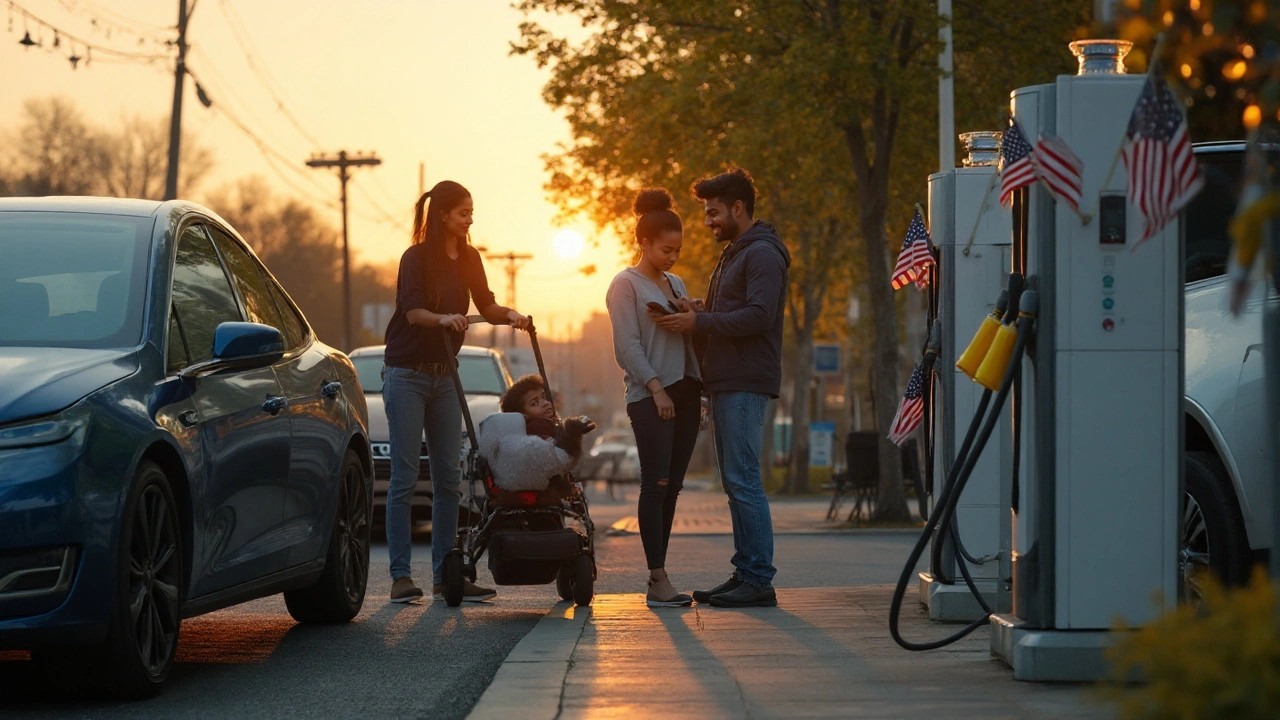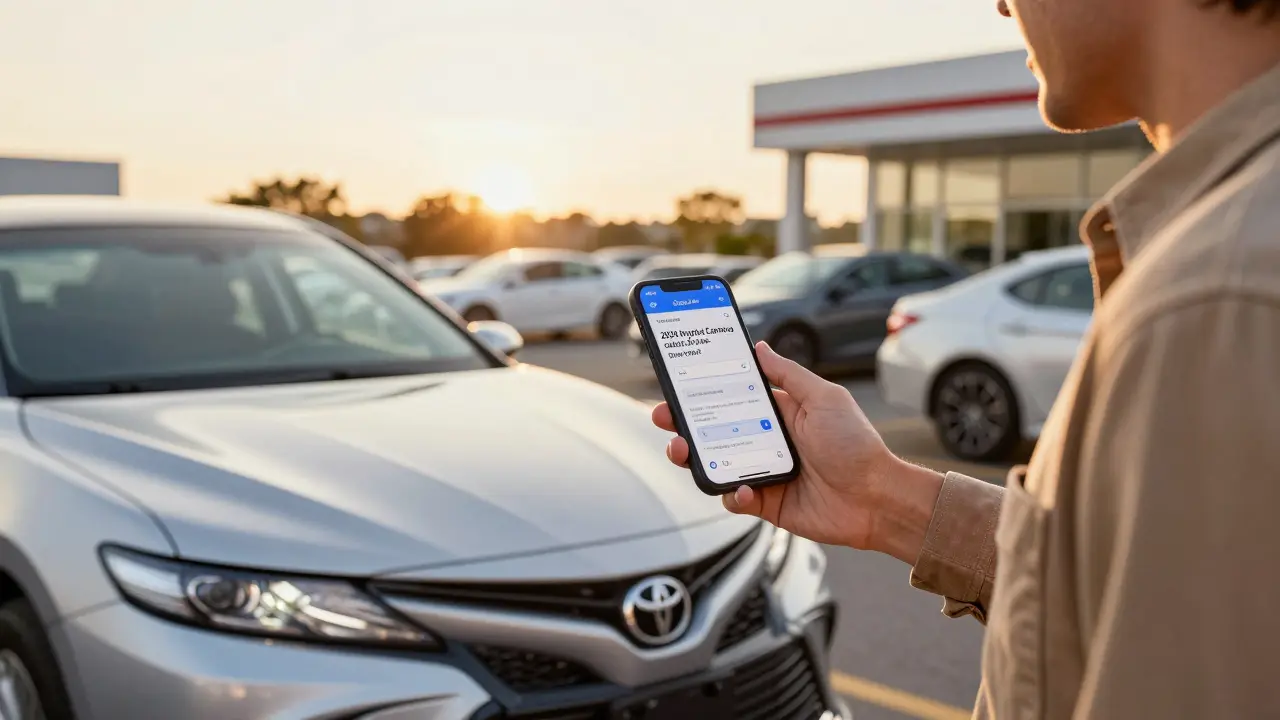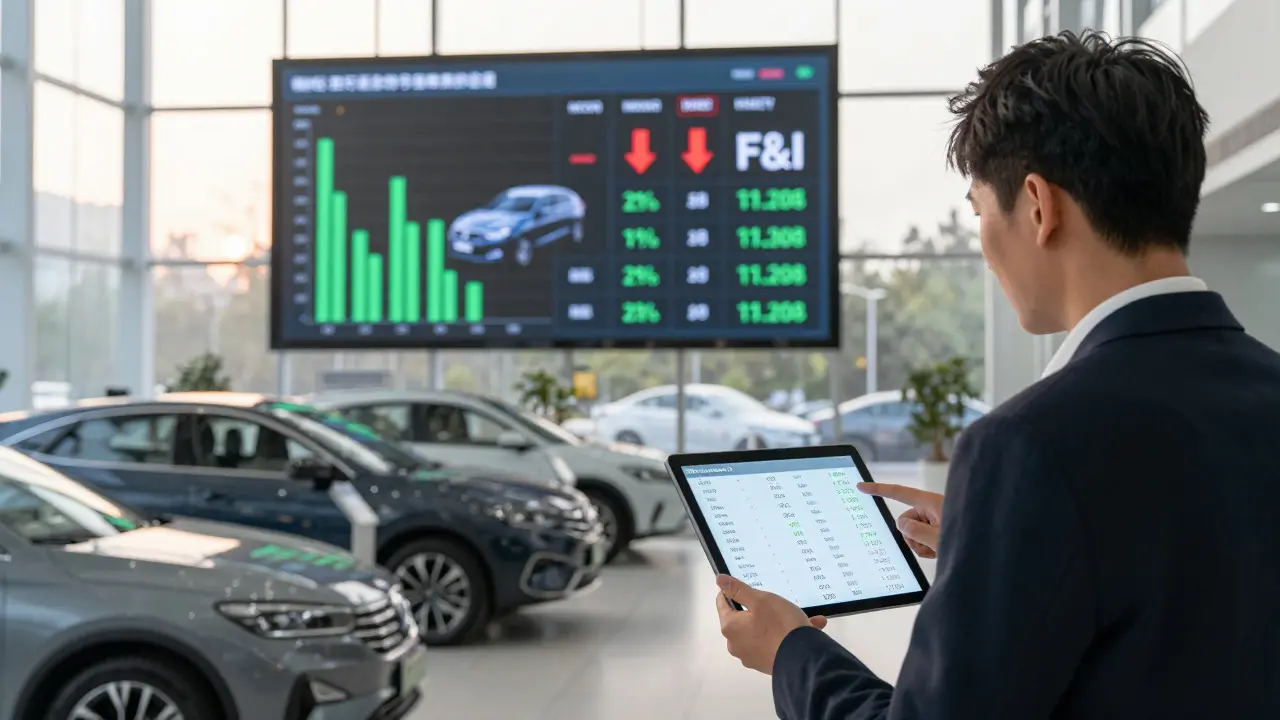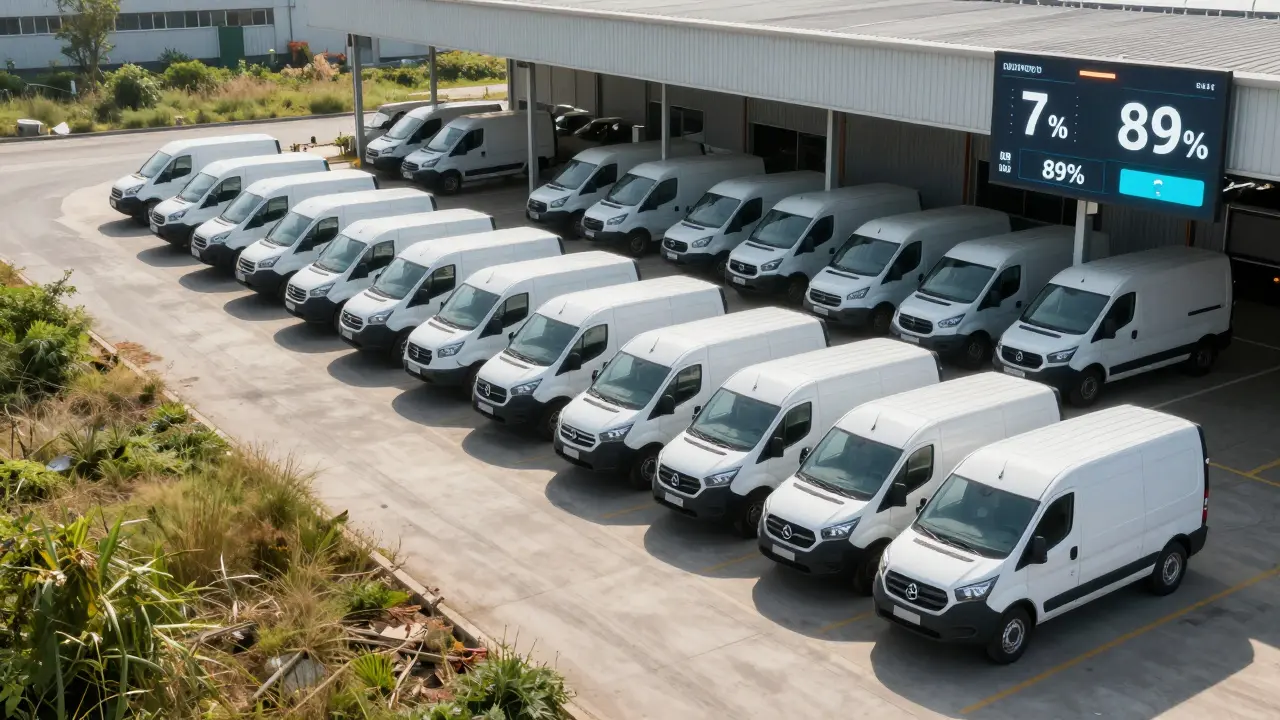Car Data Privacy: What Your Car Knows and How to Protect It
Your car collects more data than you think. Modern vehicles log location, speed, maintenance info, phone contacts, voice commands, and sometimes audio or video. That data helps features work, but it can also be shared with manufacturers, insurers, or app makers. This page shows clear, practical steps you can take right now to limit who sees your driving data.
What your car actually collects
Start by knowing the common types of data: GPS location and trip history, VIN and vehicle diagnostics, engine and brake performance, driver behavior (hard braking, acceleration), paired phone contacts and messages, voice assistant recordings, and multimedia use. Some cars stream anonymized data for traffic and safety; others keep detailed logs tied to your VIN or account. If your car has cameras or dash cams, that footage can also be stored or uploaded.
Quick steps to protect your data
Look for a privacy or data settings menu in your infotainment system and the manufacturer app. Turn off features you don't use: location sharing, remote diagnostics, and automatic crash reporting if options exist. Use a guest or limited user profile if your car supports it. Don’t save personal contacts or keys in the car’s system if you can avoid it.
Before connecting your phone, review app permissions. Allow only what’s necessary—deny access to contacts or messages unless you rely on hands-free calling. Use Bluetooth only when needed and unpair devices you no longer use. If your car offers a factory reset, run it before selling or trading in the vehicle to remove stored accounts and data.
Be careful with third-party OBD-II devices and insurance telematics plugs. They can send detailed driving data to third parties. Read the provider’s privacy policy and opt out if tracking isn’t worth the discount. For dealer-installed telematics, ask what data they collect, how long they keep it, and who they share it with.
Keep software up to date. Manufacturers release patches that fix security holes. Use strong passwords for any connected accounts, enable two-factor authentication if available, and avoid public Wi-Fi when using the car’s hotspot or app. Treat your car like any other connected device: secure the login and watch for unexpected alerts or unfamiliar paired devices.
Want to dig deeper? Request a data export from the manufacturer or read the privacy policy in plain language. In the U.S., laws vary by state—California’s rules give more control than many others—so your rights depend on where you live. If you’re unsure, ask the dealer or customer support how to limit data sharing.
Small steps add up. Disable unused features, review permissions, secure accounts, and wipe data before you sell. Auto Parts Central has guides on specific models and privacy-friendly products if you want model-specific help. Protecting your driving data doesn’t require tech skills—just a few minutes in settings and a little attention to who you allow to access your car.

Automobiles in the Digital Age: 2025 Trends in EVs, Autonomy, and Software-Defined Cars
What’s next for cars in 2025? Clear answers on EV vs hybrid, autonomy you can trust, software updates, subscriptions, charging, costs, and privacy-without the hype.




